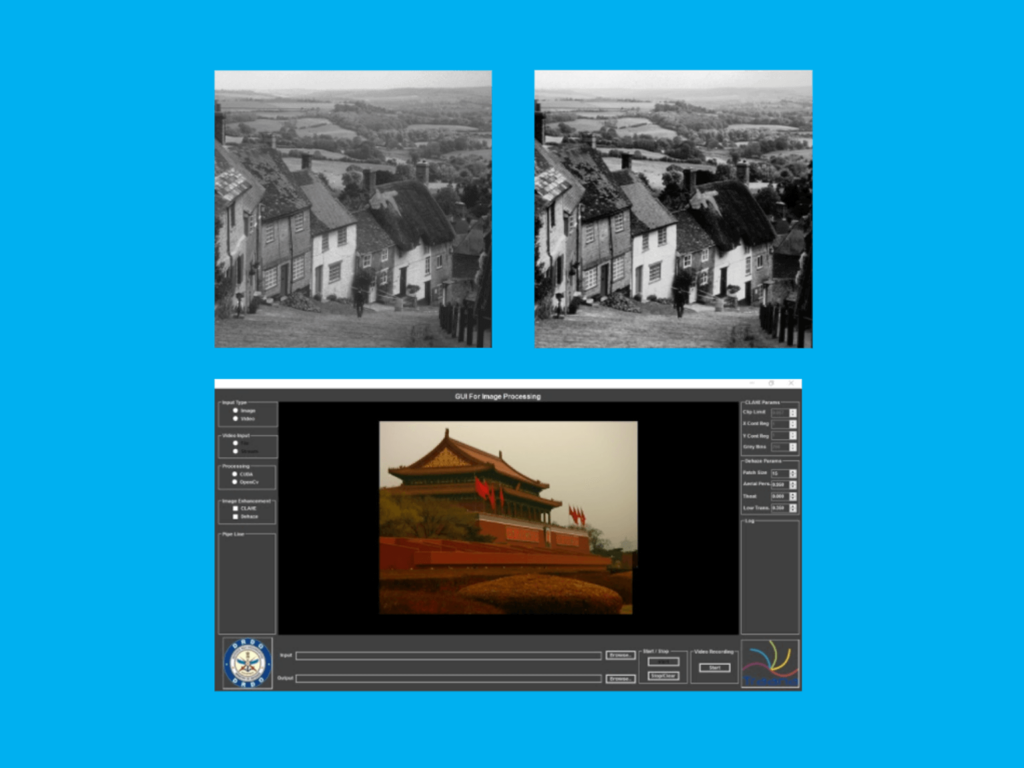Image processing Systems
Traana has done significant work in the domain of Image Processing for Defence Applications; both FPGA based sophisticated hardware and as well as Software based Algorithms.
Our team has been involved in design and development of advanced image processing applications and algorithms, based on Realtime stand-alone FPGA based embedded systems, for Image Acquisition, Image Compression, Storage and Retrieval, Target Detection and Classification (i.e., Segmentation, Representation, Description and Classification). In addition, we have developed CUDA (Compute Unified Device Architecture) based Image Enhancement and Dehazing Algorithms. The systems and algorithms thus designed work over standard interfaces such as Camlink.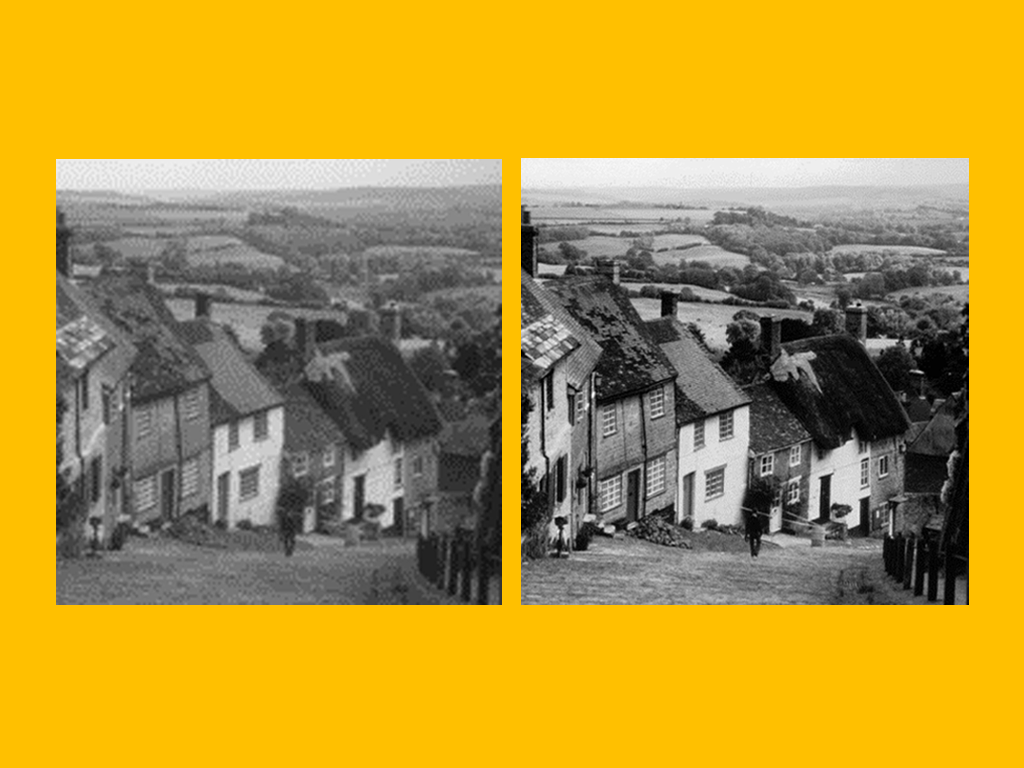
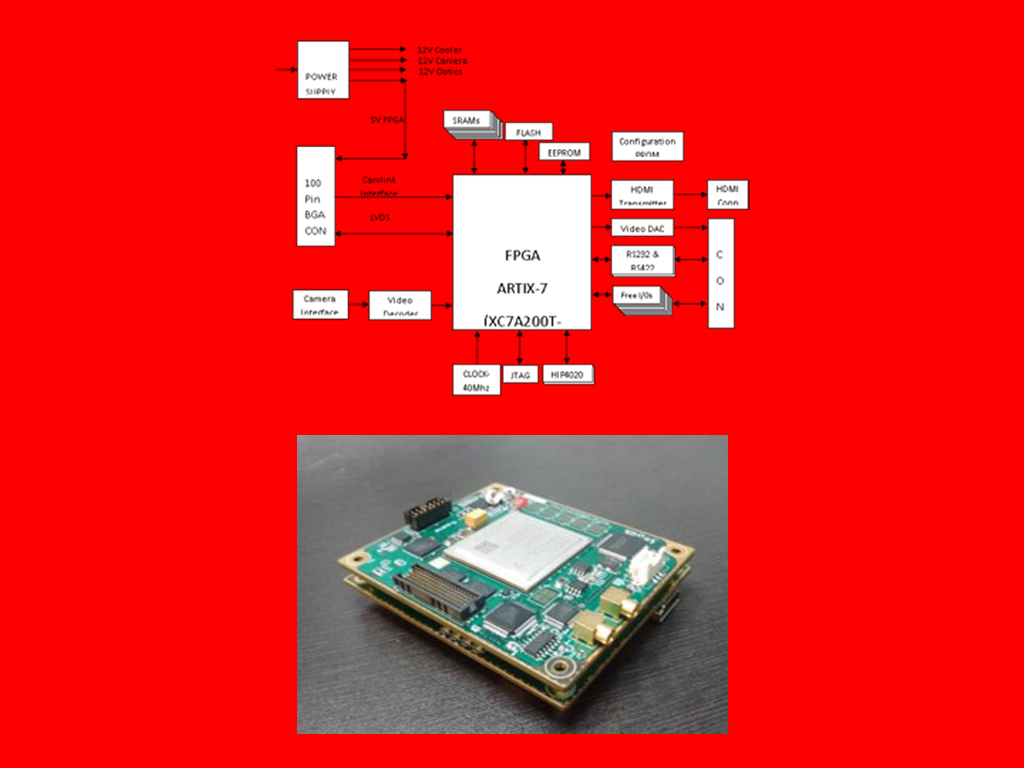
HD Detector Based Surveillance System
based on ARTIX-7 FPGA
FPGA: ARTIX-7 from Xilinx
MEMORY:
Asynchronous SRAM
FLASH
SPI FLASH MEMORY
PROM
VIDEO INTERFACES:
Video Input:
Camera Link Receiver
It takes digital video input from sensor over the
LVDS link and converts it into 28-bit digital signals
Video Output:
RGB video output
HDMI Transmitter
Video Compression and Storage Module
FPGA
Artix 7 FPGA from Xilinx
DMSoC
Digital Media System-on-Chip (DMSoC) from Averlogic
(AL582C) for H.264 video compression
Ethernet
10/100 Mbps.
Memory
32 GB NAND Flash for video and snapshot storage/
retrieval
1 Gb DDR2 RAM
Video capturing
PaI-B/XGA (monochrome and colour)
Digital video BT.656 standard
Storage
Video and snapshot storage at full format and frame rate on the onboard NAND Flash storage on user command
Control and Communication
RS232 Serial link
Output
Stream H.264 encoded video to Ethernet
Retrieval/transfer of stored videos & images from 32GB
NAND Flash via USB
Analog Video output playback
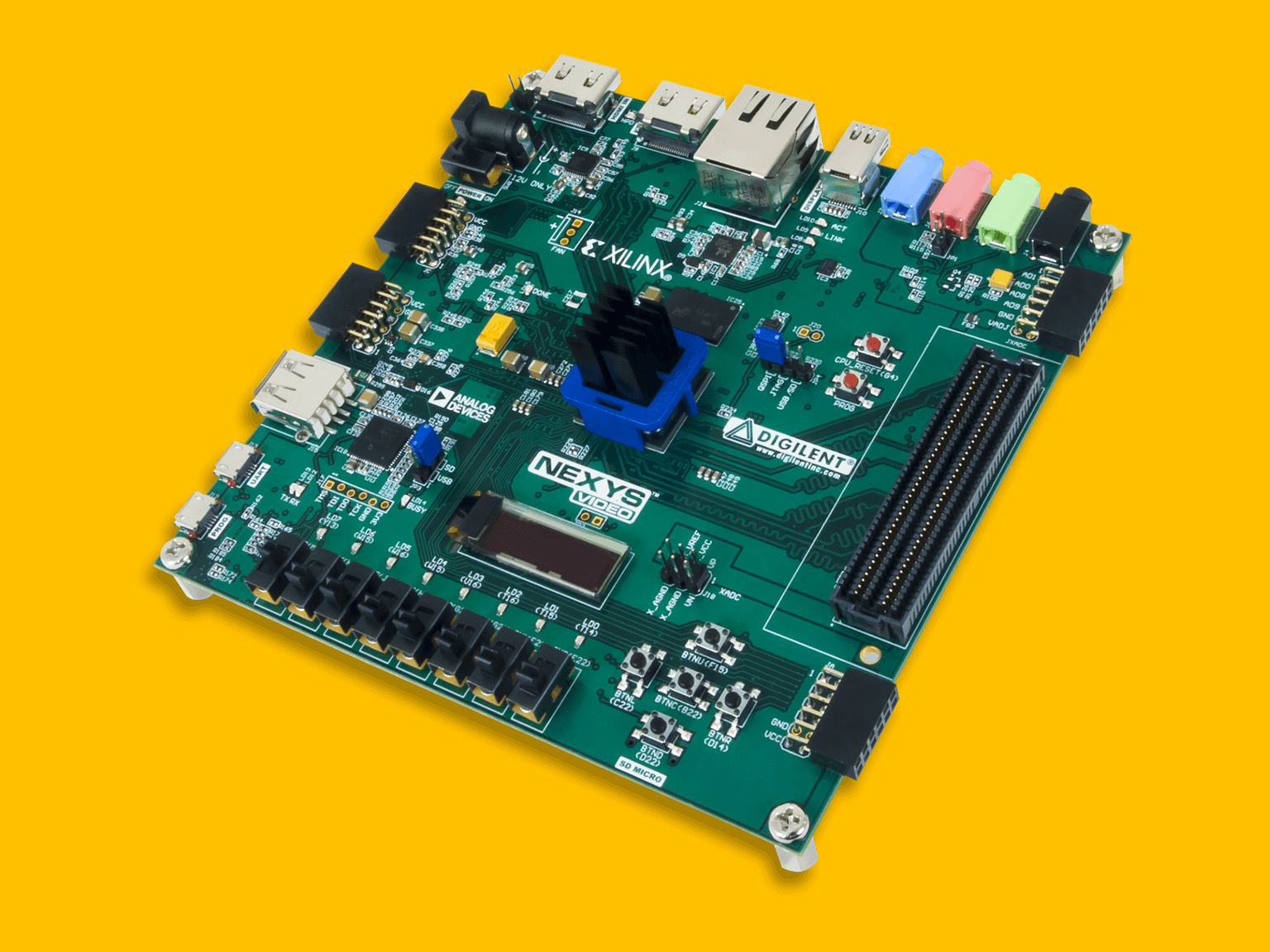
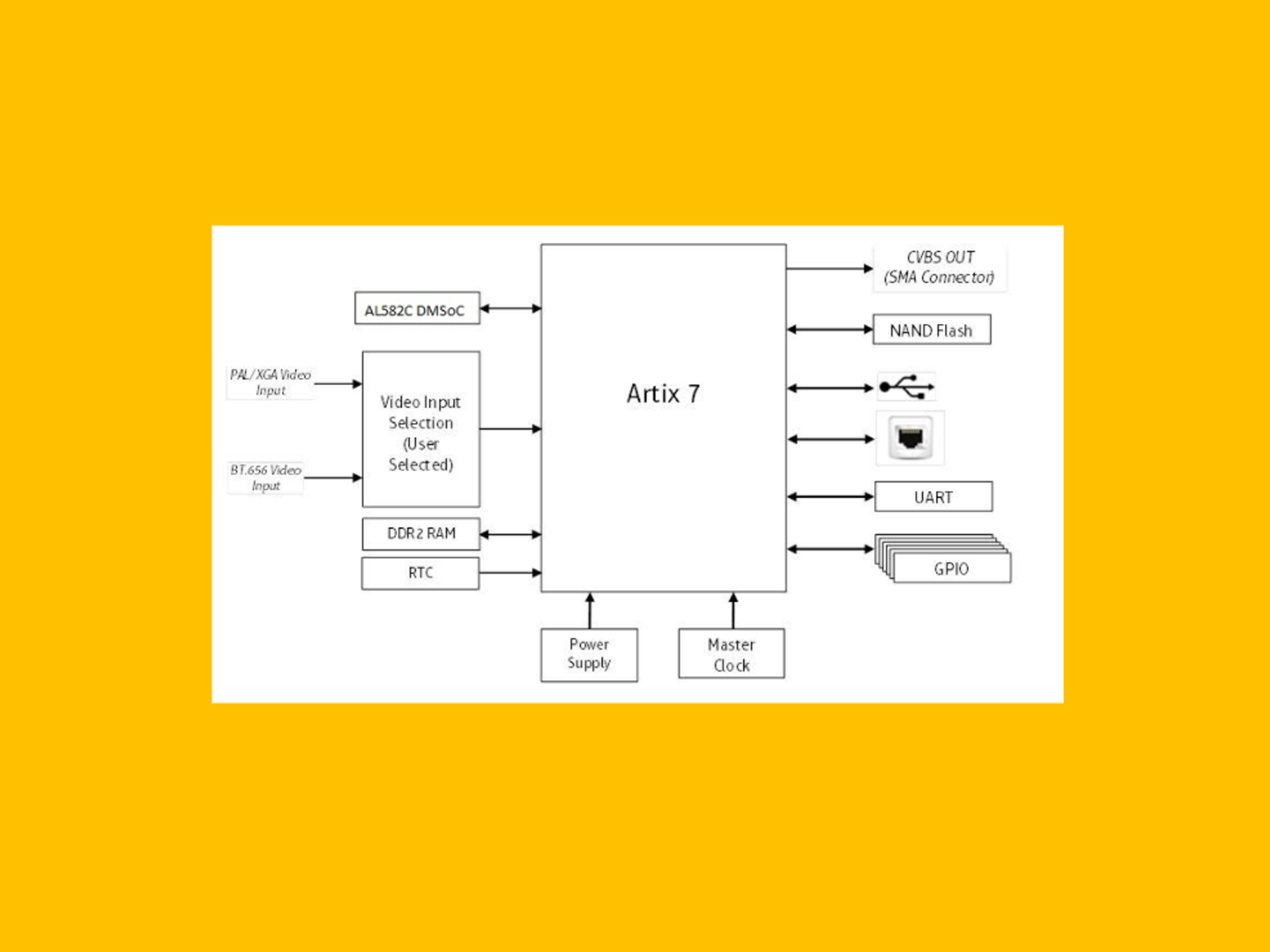
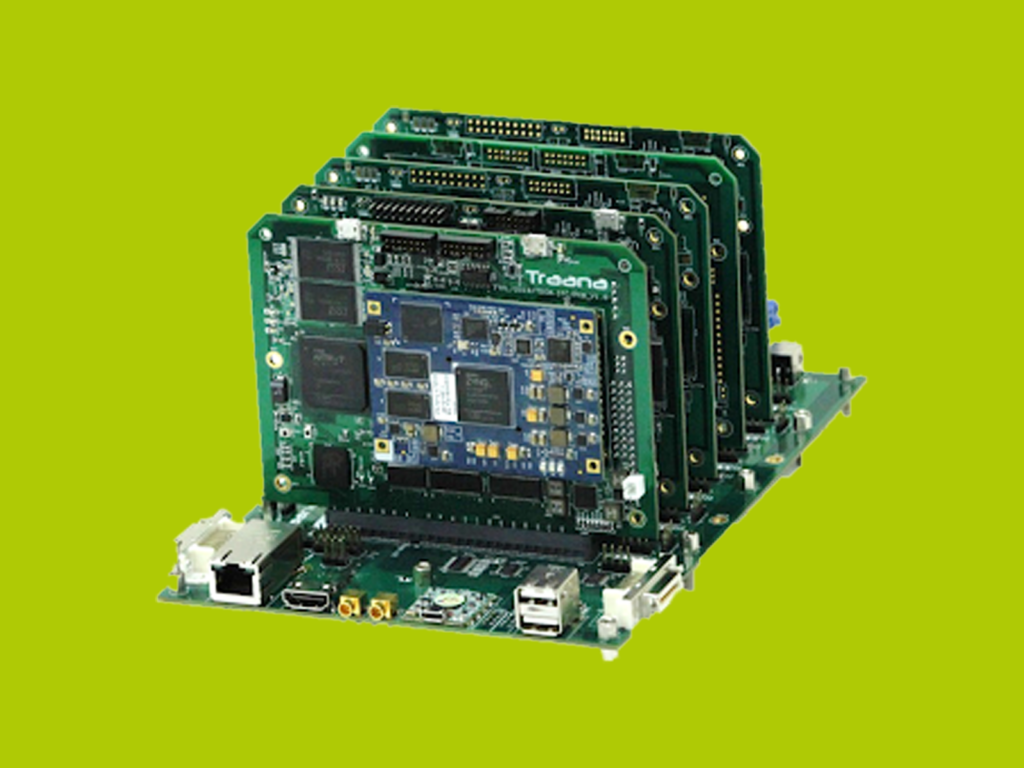
Target Detection and Classification
Module
Sub Modules
Backplane Card (BPC)
Interface Card (IFC)
Target Detection Card (TDC)
Important features
Scalable architecture
Input Voltage: 12V @ 10A with over voltage and reverse
polarity protection
Real time frame grabbing at 25 frames per second over
resolution of 1024 x 1024 pixels
194 – 512 x 512 point FFTs per second
FPGAs:
Artix 7-200T FPGA from Xilinx (5Nos.)
Artix 7-75T FPGA from Xilinx (1 No.)
SoC: Zynq 7020 SoC from Xilinx
Memory
64 GB NAND Flash for video storage/ retrieval
1 Gb DDR2 RAM
SRAMs
2 GB Parallel Flash
Video input
PAL/NTSC CCIR-B composite video via MCX connector
Camlink video via MDR 26 connector
Video Output
Composite video output via MCX connector
Camlink video output via MDR 26 connector
HDMI video output
Control and Communication
Gigabit Ethernet
USB 2.0 host with 2 port USB hub
USB-UART on each board for debugging
GPU based Image Processing Algorithms
Development and implementation of GPU based Image
Processing Algorithms for images and videos using
CUDA framework.
Platform:
Nvidia GE GTX-980
CUDA framework 6.5
Algorithms:
CLAHE (Contrast Limited Adaptive Histogram
Equalization) for Contrast Enhancement
De-hazing for foggy images
Use Cases:
Still images and Videos
Minimum frame rate of 20 fps for videos
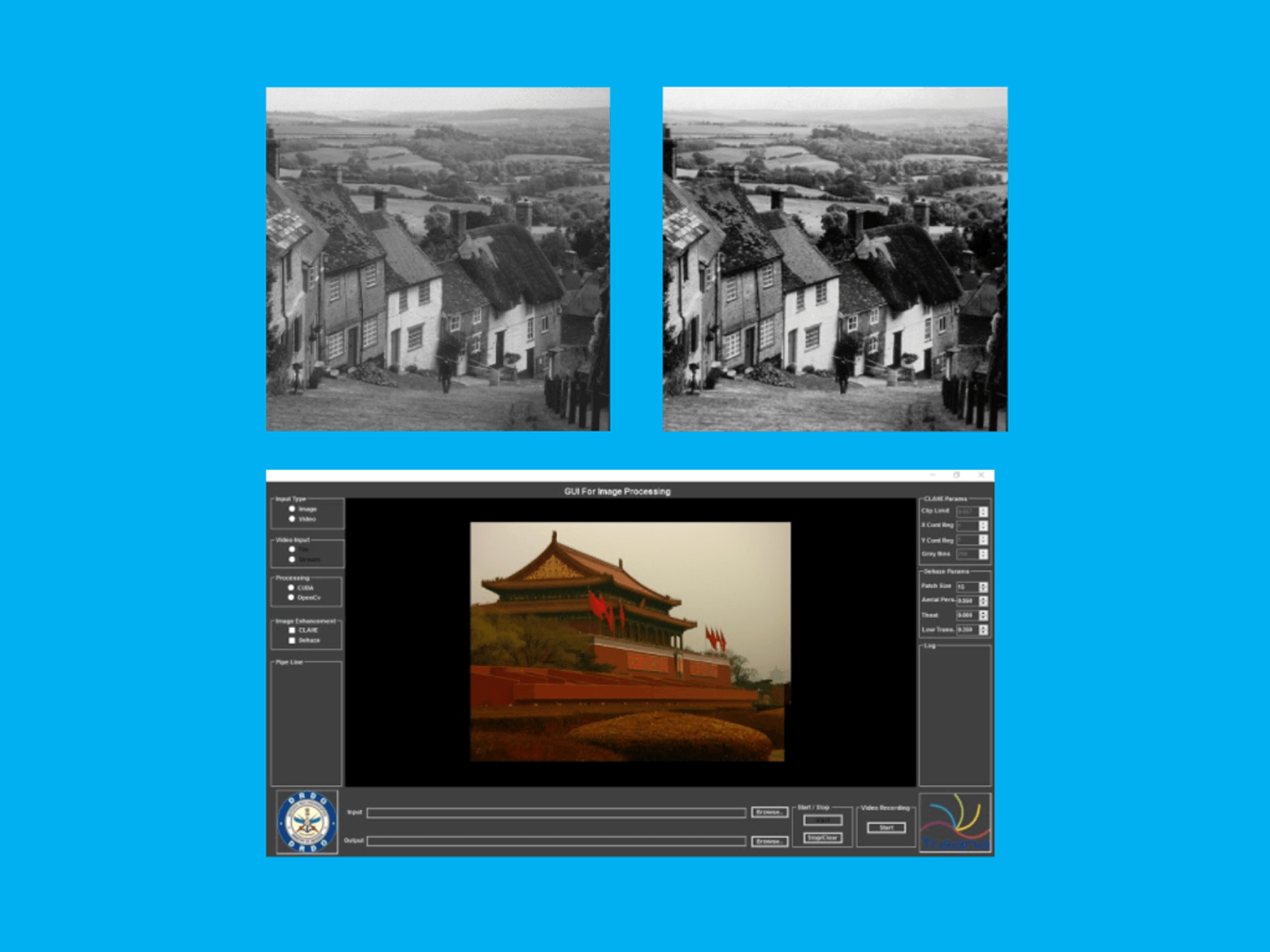
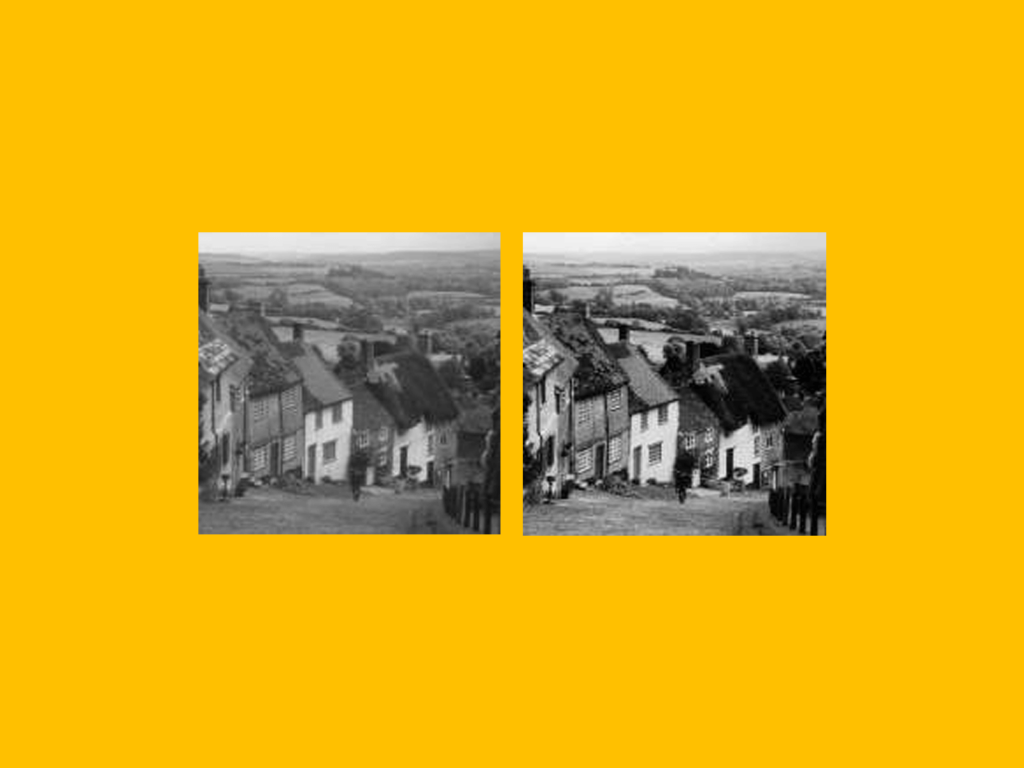
Image processing Systems
Traana has done significant work in the domain of Image Processing for Defence Applications; both FPGA based sophisticated hardware and as well as Software based Algorithms.
Our team has been involved in design and development of advanced image processing applications and algorithms, based on Realtime stand-alone FPGA based embedded systems, for Image Acquisition, Image Compression, Storage and Retrieval, Target Detection and Classification (i.e., Segmentation, Representation, Description and Classification). In addition, we have developed CUDA (Compute Unified Device Architecture) based Image Enhancement and Dehazing Algorithms. The systems and algorithms thus designed work over standard interfaces such as Camlink.
HD Detector Based Surveillance System
based on ARTIX-7 FPGA
FPGA: ARTIX-7 from Xilinx
MEMORY:
Asynchronous SRAM
FLASH
SPI FLASH MEMORY
PROM
VIDEO INTERFACES:
Video Input:
Camera Link Receiver
It takes digital video input from sensor over the
LVDS link and converts it into 28-bit digital signals
Video Output:
RGB video output
HDMI Transmitter
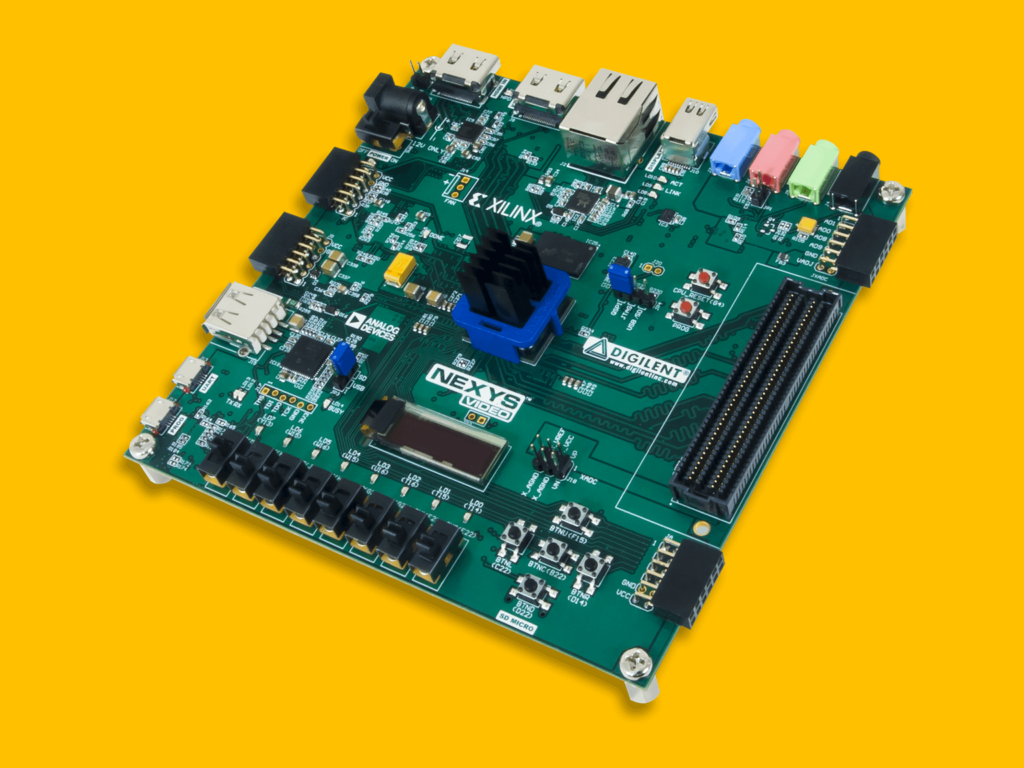
Video Compression and Storage Module
FPGA
Artix 7 FPGA from Xilinx
DMSoC
Digital Media System-on-Chip (DMSoC) from Averlogic
(AL582C) for H.264 video compression
Ethernet
10/100 Mbps.
Memory
32 GB NAND Flash for video and snapshot storage/
retrieval
1 Gb DDR2 RAM
Video capturing
PaI-B/XGA (monochrome and colour)
Digital video BT.656 standard
Storage
Video and snapshot storage at full format and frame rate on the onboard NAND Flash storage on user command
Control and Communication
RS232 Serial link

Target Detection and Classification
Module
Sub Modules
Backplane Card (BPC)
Interface Card (IFC)
Target Detection Card (TDC)
Important features
Scalable architecture
Input Voltage: 12V @ 10A with over voltage and reverse
polarity protection
Real time frame grabbing at 25 frames per second over
resolution of 1024 x 1024 pixels
194 – 512 x 512 point FFTs per second
FPGAs:
Artix 7-200T FPGA from Xilinx (5Nos.)
Artix 7-75T FPGA from Xilinx (1 No.)
SoC: Zynq 7020 SoC from Xilinx
